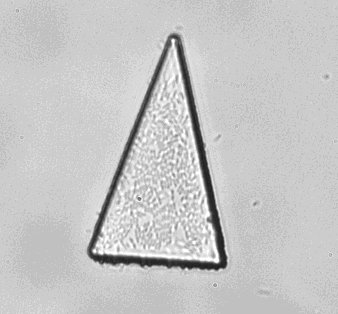 Read article: Tiny organisms move microstructures
Read article: Tiny organisms move microstructures
Tiny organisms move microstructures
Bacteria act as "beasts of burden"
Thank you for registering with Physics World
If you'd like to change your details at any time, please visit My account
I am an online editor of Physics World. I did a PhD in condensed-matter physics at McMaster University in Canada. I am still fascinated by what is an extremely rich and varied subject that I believe is ignored by the media (Physics World excepted, of course). As a result, I’m happiest when I’m blogging about topological insulators, the latest quasiparticle or some other quirk of condensed matter. So, if you spot something weird and wonderful in solid-state physics, please get in touch. In my spare time I am a Scout leader.
 Read article: Tiny organisms move microstructures
Read article: Tiny organisms move microstructures
Bacteria act as "beasts of burden"
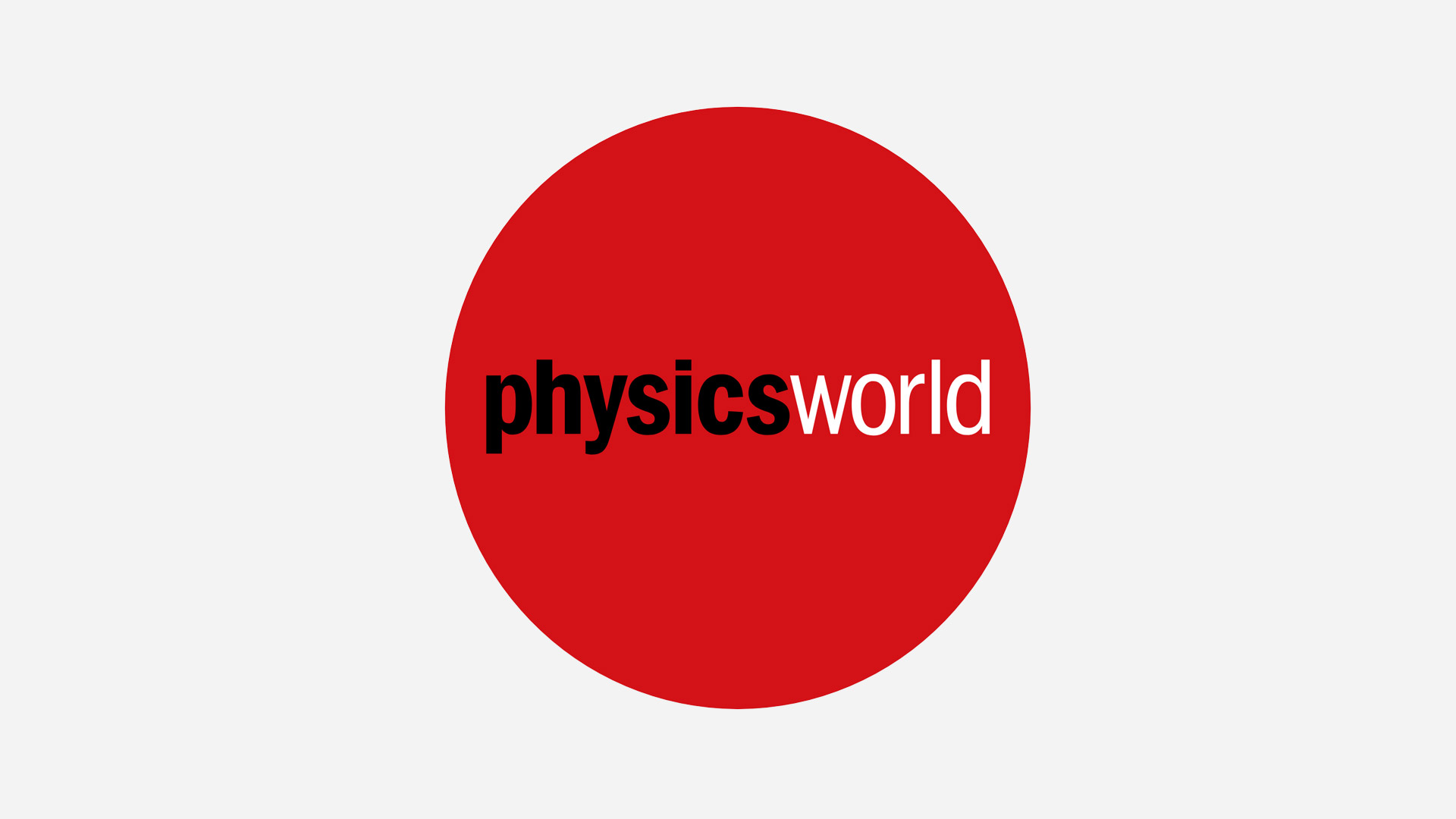
Radio waves from distant galaxies confirm photon is neutral
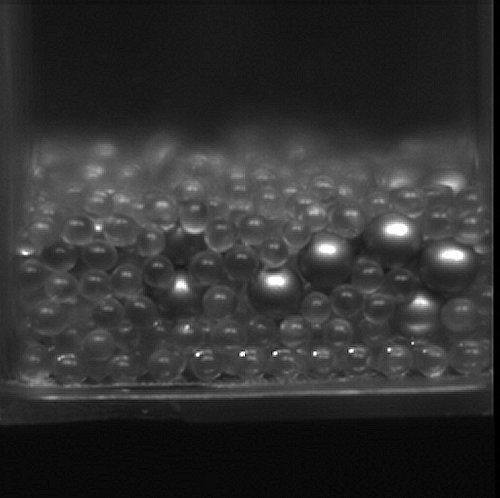 Read article: Scuffed spheres rise to the top
Read article: Scuffed spheres rise to the top
Friction can reverse the reverse-Brazil-nut effect
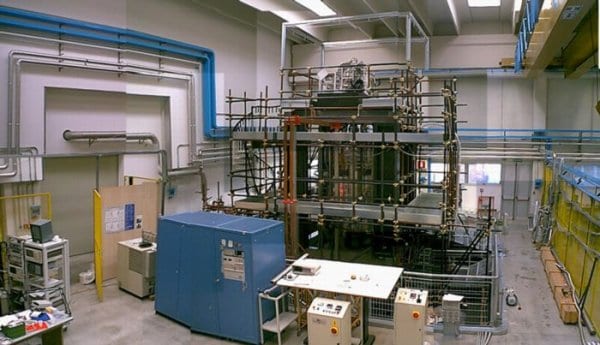 Read article: Axions ruled out by PVLAS
Read article: Axions ruled out by PVLAS
New measurements fail to find mysterious particle

Roadmap charts European funding of large experiments

Device could be important step towards carbon transistors
 Read article: Two relativity tests are better than one
Read article: Two relativity tests are better than one
Lorentz invariance disentangled in Europe and Australia

New method hones in on Boltzmann constant
 Read article: Single atom entangles two photons
Read article: Single atom entangles two photons
Process could aid quantum computing
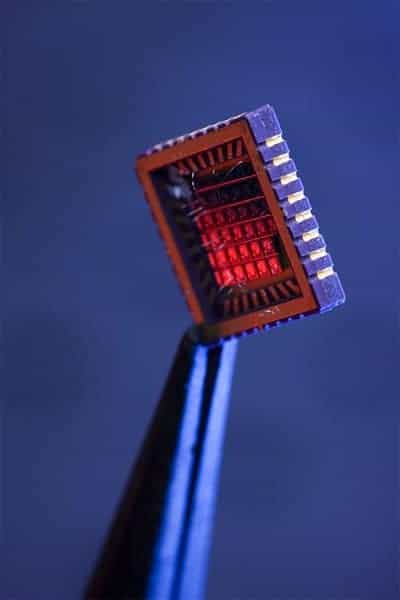 Read article: Electrons hold their spin in silicon
Read article: Electrons hold their spin in silicon
Ballistic electrons on target for spintronics